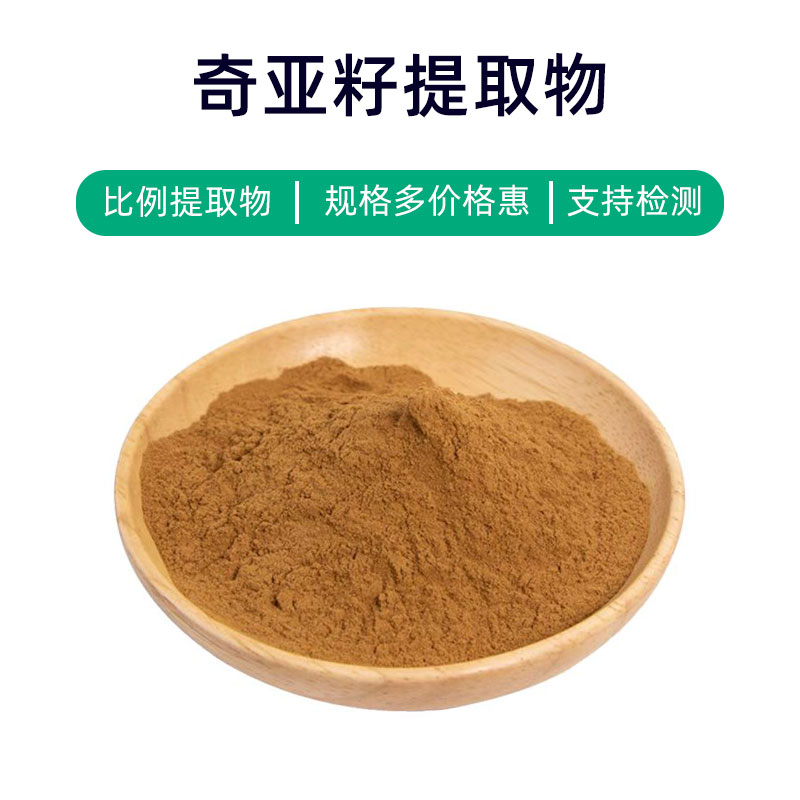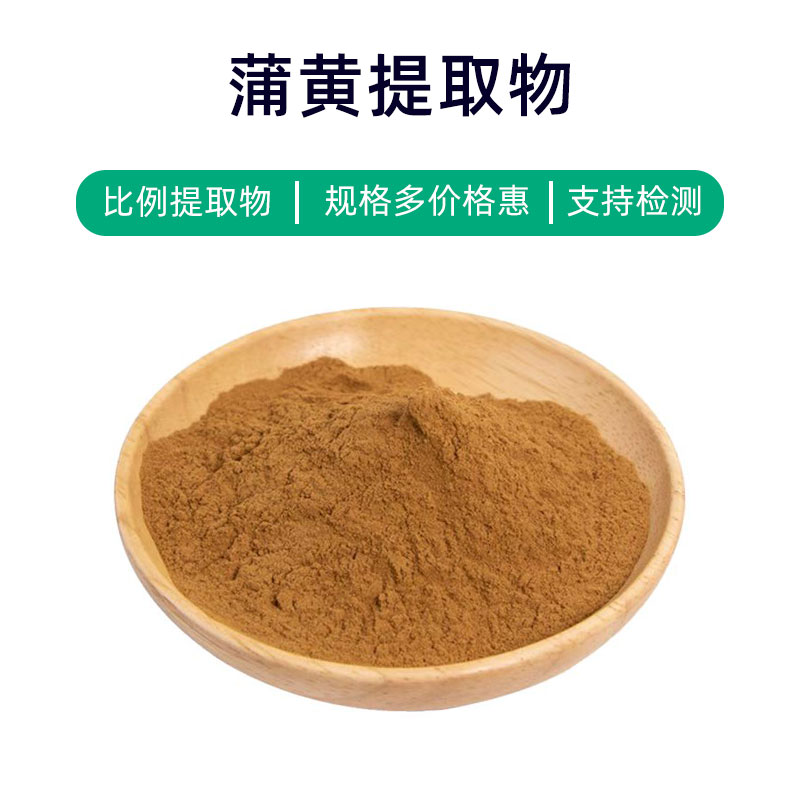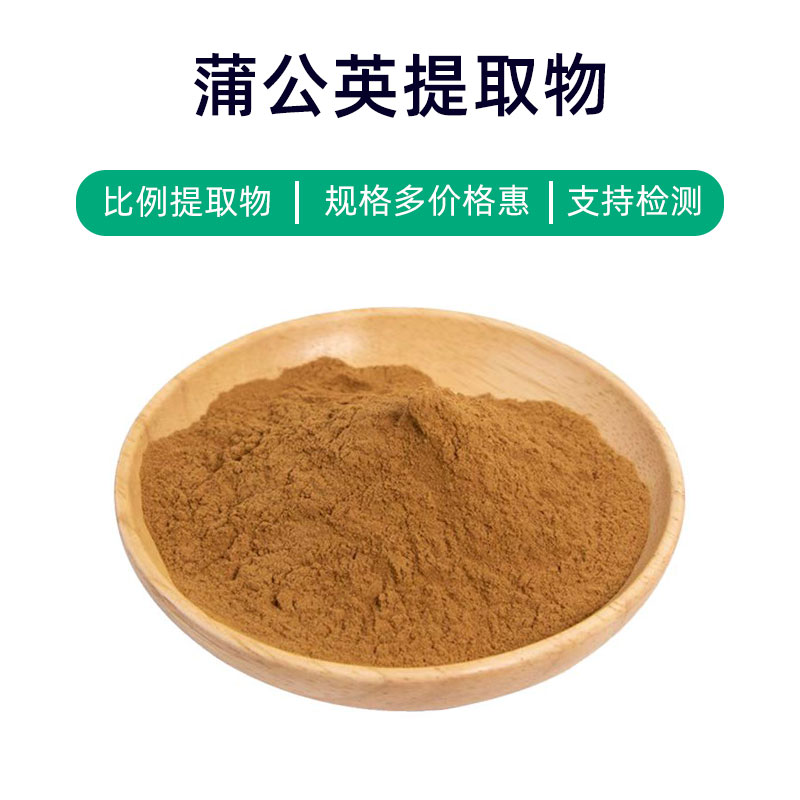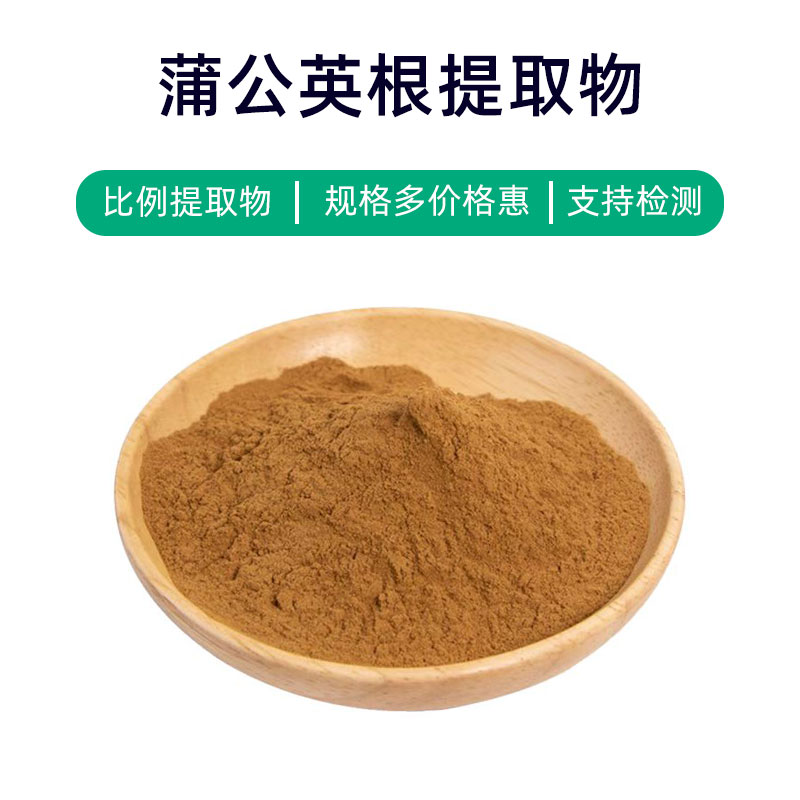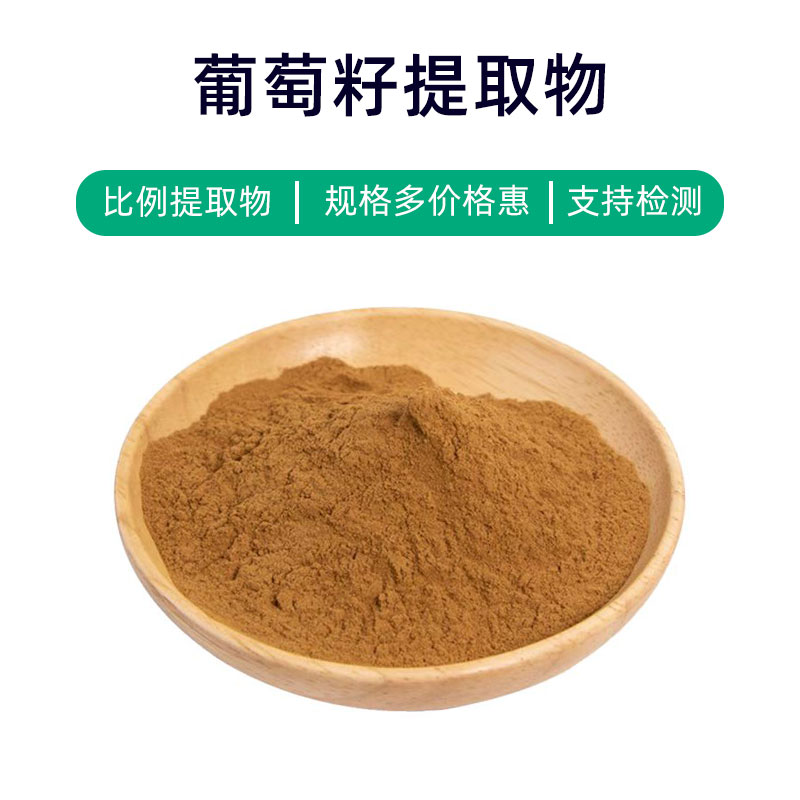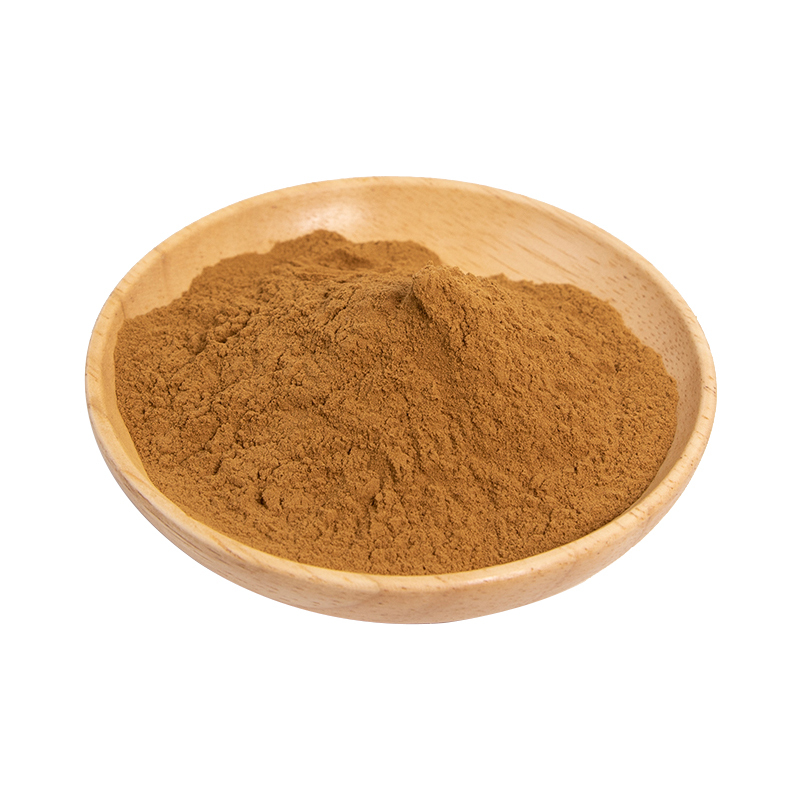Pueraria Root Extract Product Introduction
Pueraria Root Extract Production Process
The production process of Pueraria root extract typically includes the following main steps:
- Raw Material Collection: First, select high-quality Pueraria roots, usually harvested from plants at the right growth stage to ensure richness in quality and active constituents.
- Washing and Treatment: The collected roots are thoroughly washed to remove surface impurities and soil, followed by initial processing to ensure the purity and quality of the extracted product.
- Crushing and Grinding: The cleaned root is crushed and ground into a powder to increase its surface area, facilitating the subsequent extraction process.
- Extraction Process: Appropriate extraction solvents, such as ethanol, water, or ethyl acetate, are used under suitable temperature and pressure conditions to dissolve the active components from the Pueraria root.
- Concentration and Filtration: The extract solution is concentrated to remove moisture from the solvent, resulting in a concentrated extract. Filtration is then performed to remove impurities and suspended particles, ensuring the extract is purer.
- Crystallization and Drying: The concentrated extract undergoes crystallization to precipitate the active components. The crystallized product is then dried to obtain a dry Pueraria root extract.
- Packaging and Storage: Finally, the Pueraria root extract is packaged, typically in airtight containers to prevent oxygen, light, and moisture from affecting the product. It should be stored in a dry and cool environment, avoiding high temperatures and humidity to ensure quality and stability.
By following these production steps, high-purity and high-activity Pueraria root extract can be obtained, suitable for applications in pharmaceuticals, dietary supplements, and cosmetics.
Effects and Side Effects of Pueraria Root Extract
As a traditional herbal material, Pueraria root extract has various effects and benefits, primarily including:
- Antioxidant Properties: Rich in flavonoids like flavonol and isoflavones, Pueraria root extract has significant antioxidant effects, capable of scavenging free radicals and reducing oxidative stress damage to cells.
- Anti-inflammatory Effects: The extract contains a wealth of flavonoid constituents that can inhibit the release of inflammatory mediators and regulate inflammatory responses, useful for alleviating inflammatory diseases like rheumatoid arthritis and inflammatory bowel disease.
- Immune Function Regulation: Pueraria root extract can modulate immune function, boosting the immune system's resistance and helping to prevent infectious diseases while offering some anti-tumor properties.
- Blood Pressure and Lipid Reduction: Studies indicate that flavonoids in Pueraria root extract can lower blood pressure and regulate blood lipids, aiding in the treatment of conditions like hypertension and hyperlipidemia.
- Memory Improvement and Anti-aging: The active components in Pueraria root extract can protect nerve cells, enhance memory, and delay aging, contributing to improved cognitive abilities and the prevention of neurodegenerative diseases such as Alzheimer’s.
- Liver Protection: Pueraria root extract offers certain liver-protective effects, potentially reducing liver cell damage and promoting the regeneration and repair of liver cells, making it useful for conditions like hepatitis and fatty liver disease.
Despite its various benefits, caution should be observed regarding the following:
- Dosage Issues: Pueraria root extract should be used according to medical advice or product instructions to avoid excessive dosages leading to adverse reactions.
- Individual Differences: Due to variations in individuals and product quality, some may experience allergic reactions or adverse effects, such as headaches, nausea, or rashes; in such cases, usage should be discontinued, and medical advice should be obtained.
- Caution for Specific Populations: Pregnant or breastfeeding women and children should use Pueraria root extract with caution to avoid health issues.
Thus, it is advisable to follow medical advice and be aware of individual differences and contraindications to ensure the safe and effective utilization of its benefits.
Applications and Dosage of Pueraria Root Extract
Pueraria root extract has a wide range of applications in medicine, food, and cosmetics, detailed as follows:
- Medical Applications:
- Anti-inflammatory and Pain Relief: Widely used in traditional medicine formulations for relieving conditions like rheumatoid arthritis and other inflammatory diseases, exhibiting anti-inflammatory and analgesic properties.
- Cardiovascular Protection: Pueraria root extract can lower blood pressure and vasodilate, improving cardiovascular function, beneficial for preventing and treating hypertension and atherosclerosis.
- Antimicrobial and Anti-inflammatory: The extract has inhibitory effects on various bacteria and viruses, useful for treating infectious diseases like respiratory infections and skin infections.
- Food Applications:
- Health Supplements: Pueraria root extract can serve as a raw material in health supplements, incorporated into functional foods to enhance immunity, regulate blood pressure, and improve sleep.
- Flavoring Agents: The extract is also known for its cooling properties, making it suitable for summer beverages, frozen treats, and desserts, imparting unique flavors.
- Cosmetic Applications:
- Skincare Products: With antioxidant, anti-inflammatory, and moisturizing benefits, Pueraria root extract is used in skincare products to help repair damaged skin and delay aging.
- Hair Care: It can be included in shampoos and conditioners to aid in cleansing the scalp, soothing irritations, and improving hair texture.
Dosage:
- Medical Use: Typically, Pueraria root extract is used as a traditional medicine, with a general dosage range of 3-9 grams per day, which can be decocted or formulated into granules or pills for oral consumption.
- Food Use: As a food additive, the dosage generally adheres to national standards, ensuring food safety compliance.
- Cosmetic Use: The amount used as a cosmetic ingredient varies according to formulations, usually ranging from 0.1% to 5%.
Overall, Pueraria root extract has expansive applications in medicine, food, and cosmetics, but attention must be given to dosage control and product quality to ensure safety and effectiveness.
Background Information on the Plant Source of Pueraria Root Extract
Pueraria, also known as kudzu, is a common traditional herbal material with substantial application value. Here’s a detailed overview of the source plant, distribution, and growth environment:
- Plant Overview:
Pueraria is a perennial herbaceous plant in the legume family, scientifically named Pueraria lobata (Willd.) Ohwi. It has a well-developed root system resistant to harsh conditions, often found as a wild plant. The stems are sprawling and capable of climbing, sometimes attaching to nearby trees. - Distribution:
Originally from China, Pueraria is mainly found in the Yangtze River basin, Yellow River basin, and southern China. It’s also present in some East Asian countries like Japan and South Korea, adapting well to various environments. - Growth Environment:
Pueraria thrives in warm, humid, and well-lit environments, exhibiting strong soil adaptability, though it prefers loose, well-draining sandy loam. It is cold-resistant but sensitive to drought, waterlogged conditions, and saline-alkali soil, typically growing below an elevation of 300 meters in low mountainous, hilly areas, valleys, riverbanks, and riverside regions. - Growth Characteristics:
Pueraria has a prolonged growth cycle, usually requiring 2-3 years to reach harvestable standards. During its growth, the aboveground parts extend significantly, with stems climbing around surrounding trees or supports, forming dense sprawling plant communities. The underground part comprises a spindle-shaped root rich in starch and active components.
In summary, Pueraria is a highly adaptable wild plant predominantly found in China and certain East Asian nations, favoring warm, humid environments with abundant sunlight and a variety of soil types, although prone to certain environmental sensitivities.
Processing and Storage of Pueraria Root Extract
Proper processing and storage of Pueraria root extract are crucial for maintaining its quality and effectiveness:
- Processing:
After harvesting, Pueraria roots undergo processing steps, including cleaning, slicing, and drying. During washing, thorough removal of dirt and impurities is essential. Following slicing, drying until completely dehydrated ensures product quality and stability. - Extraction:
Active components from Pueraria can be obtained through extraction methods such as water extraction and ethanol extraction. Common extraction techniques include decoction, alcohol extraction, and supercritical fluid extraction to achieve high-purity extracts. - Storage:
Pueraria root extract should be stored away from direct sunlight and humidity, ideally in a cool, dry, and well-ventilated location to avert degradation from high temperatures and moisture. Typically, the extract is preserved in sealed packaging or containers to prolong its shelf life. - Stability Testing:
Conducting quality and stability tests on Pueraria root extract, including component content and microbiological checks, is vital to ensure consistent quality and safety.
Adopting correct processing and storage methods can enhance the quality and efficacy of Pueraria root extract, extending its shelf life, and ensuring its effectiveness when applied in pharmaceuticals, food products, and cosmetics.
Monica Sun is a seasoned expert in the plant extraction industry with over a decade of experience in research and production. She specializes in the extraction and purification of plant active ingredients, focusing on driving innovation in natural product applications. Monica has participated in the development of multiple functional plant extracts, delivering high-value natural raw material solutions for the health food, pharmaceutical, and dietary supplement sectors.









